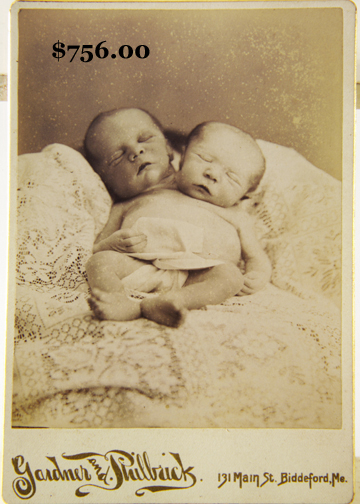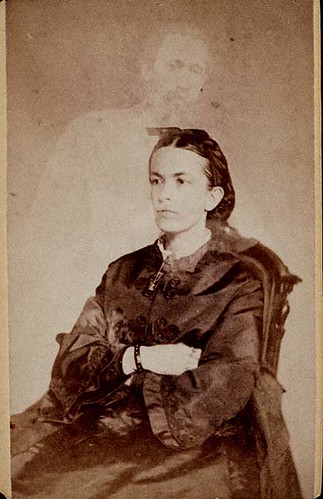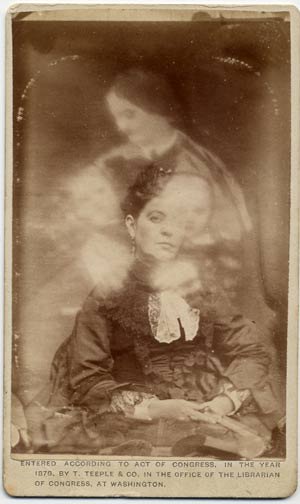While we're on the subject of creepy Victorian era photography customs, lets talk about the trend of photographing the recently deceased for a kind of death album referred to as a "book of the dead." Also known as post-mortem photography.
Mourning is a strange thing, and different cultures deal with it in vastly different ways. But there's a reason people associate the Victorians above all with morbidity and death, and one of them is memento mori like this.
Often the deceased would be propped up with wires and stands, and pupils were painted on the eyelids to give the illusion that they were merely resting, or still alive. They were then placed along side their still living relatives, siblings or loved ones for the photo.
The effect is quite chilling, and tragic, although no doubt at the time they were supposed to bring some kind of comfort to those left behind, as a sort of timeless memento or tribute to the deceased. These photos were also extremely expensive, and often families would only have photos done for very significant events such as the birth of a new child, marriage or death.
Here are some examples.
Similar to these was the Victorian Spirit Photography, where an actor would pose as the ghost of the deceased.
Apparently this trend started with a Boston engraver named William H. Mumler, whois said to have discovered ghostly images of individuals on a photograph he had taken of a colleague in 1862. Mumler, who had been casually experimenting with his camera at the time, claimed to have had little or no interest in spiritualism.
The news of Mumler's discovery quickly spread around the world and shortly after Mumler started a business as a medium/photographer claiming he could call up deceased celebrities, strangers and family and friends of well-paying clients.
He charged ten dollars per photograph at a time when an average portrait cost merely pennies. Mumler's portrait sittings were like any other, a person would sit for their own picture expecting their deceased friend or relative, a spirit "extra," to appear not in the studio but in the negative and prints.







Was noticing that the 2-headed baby was born in Biddeford Me...same place I was born.
ResponderBorrarwow!
ResponderBorrar